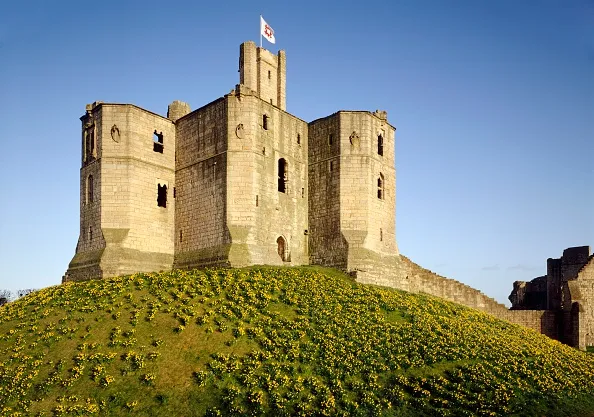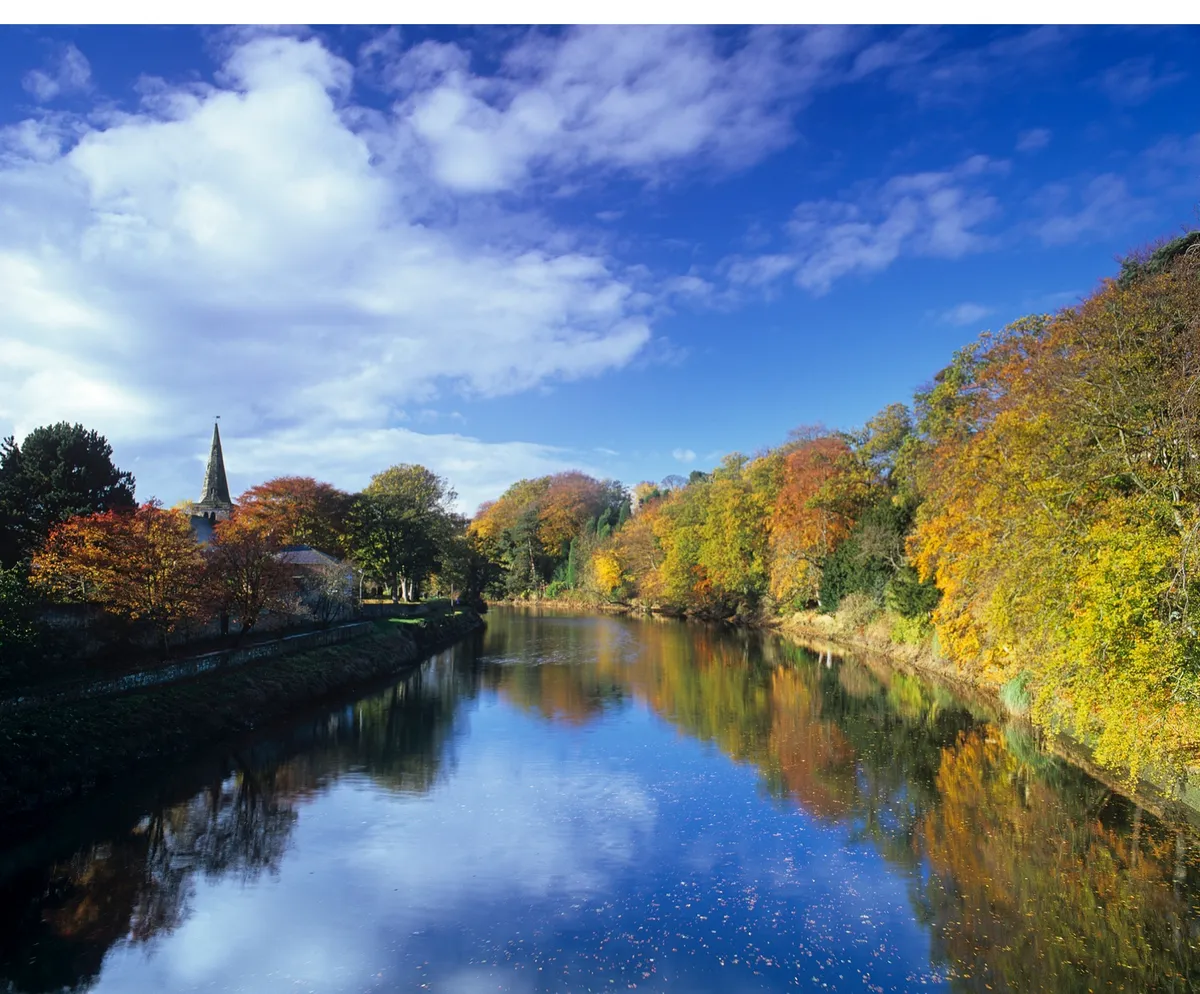From its boggy source in the high Cheviots, Northumberland's River Coquet flows for 40 miles through some of the country's finest scenery and prettiest villages and towns without ever repeating itself.
Its final three miles to the North Sea coast are as individual as any previous stretch, packing enough into its short span to occupy any visitor for a good day.

1. River guard
Warkworth village is enclosed within a tight, mile-long loop of the river, the southern bends of which, 300 yards apart, are guarded by the remains of Warkworth Castle. The 12th-century castle was the ancestral home of the powerful Percy family and provided the setting for a scene in Shakespeare's Henry IV Part I. To the north of the village, the river is crossed by a 14th-century fortified bridge that remained in use until 1965 when a modern replacement was built alongside it.

2. Cave chapel
From the car park west of the bridge, a path heads upstream for half-a-mile along the wooded riverbank and beneath the castle walls. You will then reach a point where you can cross (by boat from Friday to Monday throughout the summer) to the 15th-century Hermitage, a tiny and still consecrated, chapel that is hewn, cave-like, out of the sandstone crag.
3. Life in the tides
After returning to the car, drive back through the village and along the south bank of the river, stopping to observe birds from one of the lay-bys. The river becomes tidal beyond a weir, exposing mud flats when the sea retreats. You might spot a heron stalking its prey along the bank; terns skimming the surface; ducks, cormorants and gulls floating mid-stream; or wader, such as curlews and redshanks, pecking for invertebrates in the mud of the nearby shore.
4. Harbour highlights
Continue into the fishing village of Amble and on to its harbour, where you will see colourful eider ducks. You might also be tempted by the delicious seafood on offer at one of the restaurants, or coaxed into the Northumberland Seafood's lobster hatchery, a project that helps improve shellfish stocks in the surrounding seas. As a final excursion, take a boat trip around nearby Coquet Island to see the puffins and rare roseate terns. puffincrusises.co.uk

